 As many of you will have noticed in your recent correspondence with our office, the Pennsylvania State Historic Preservation Office (SHPO), we have made a change in number and media requested for archaeological report copies. We are now requesting just one hard copy for the permanent archive file here at the SHPO office in Harrisburg, as well as three electronic copies on disks. This recent change is an attempt to plan for a future time when archaeological reports will be available on the Cultural Resources Geographic Information System (CRGIS) to qualified users, in their entirety. Continue reading
As many of you will have noticed in your recent correspondence with our office, the Pennsylvania State Historic Preservation Office (SHPO), we have made a change in number and media requested for archaeological report copies. We are now requesting just one hard copy for the permanent archive file here at the SHPO office in Harrisburg, as well as three electronic copies on disks. This recent change is an attempt to plan for a future time when archaeological reports will be available on the Cultural Resources Geographic Information System (CRGIS) to qualified users, in their entirety. Continue reading
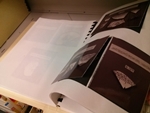
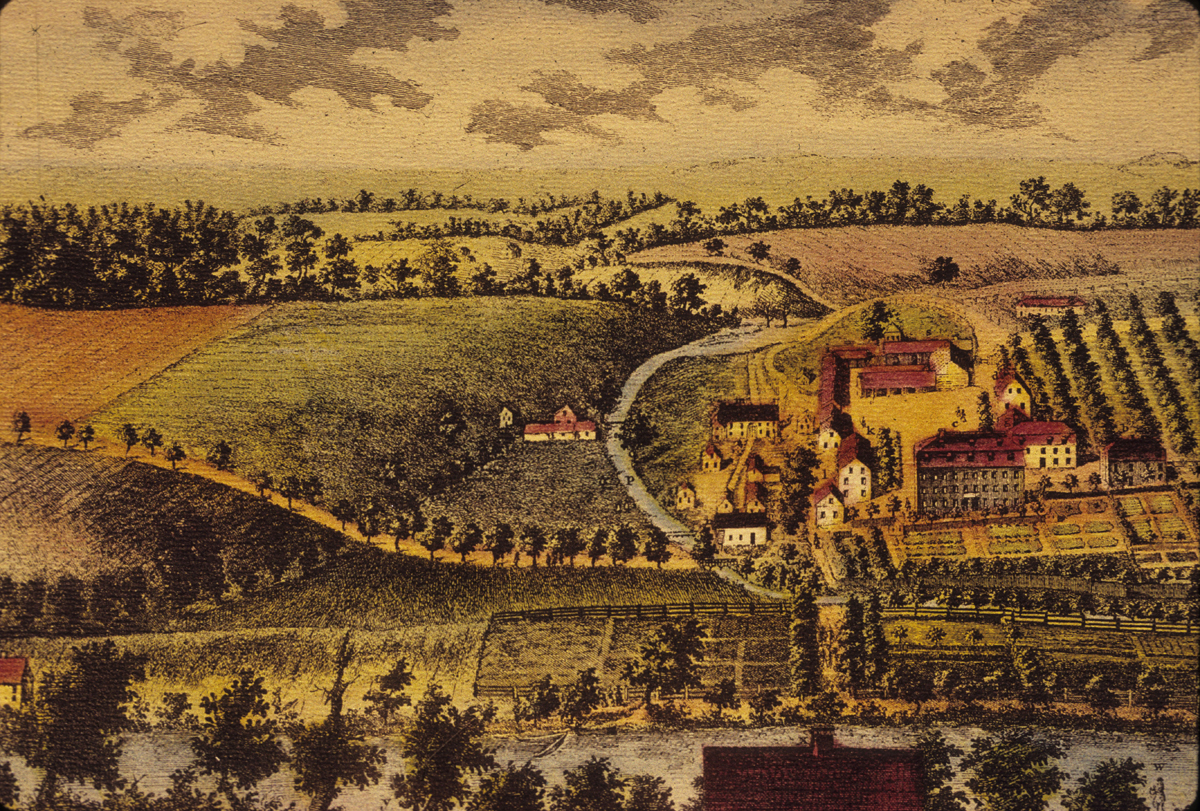
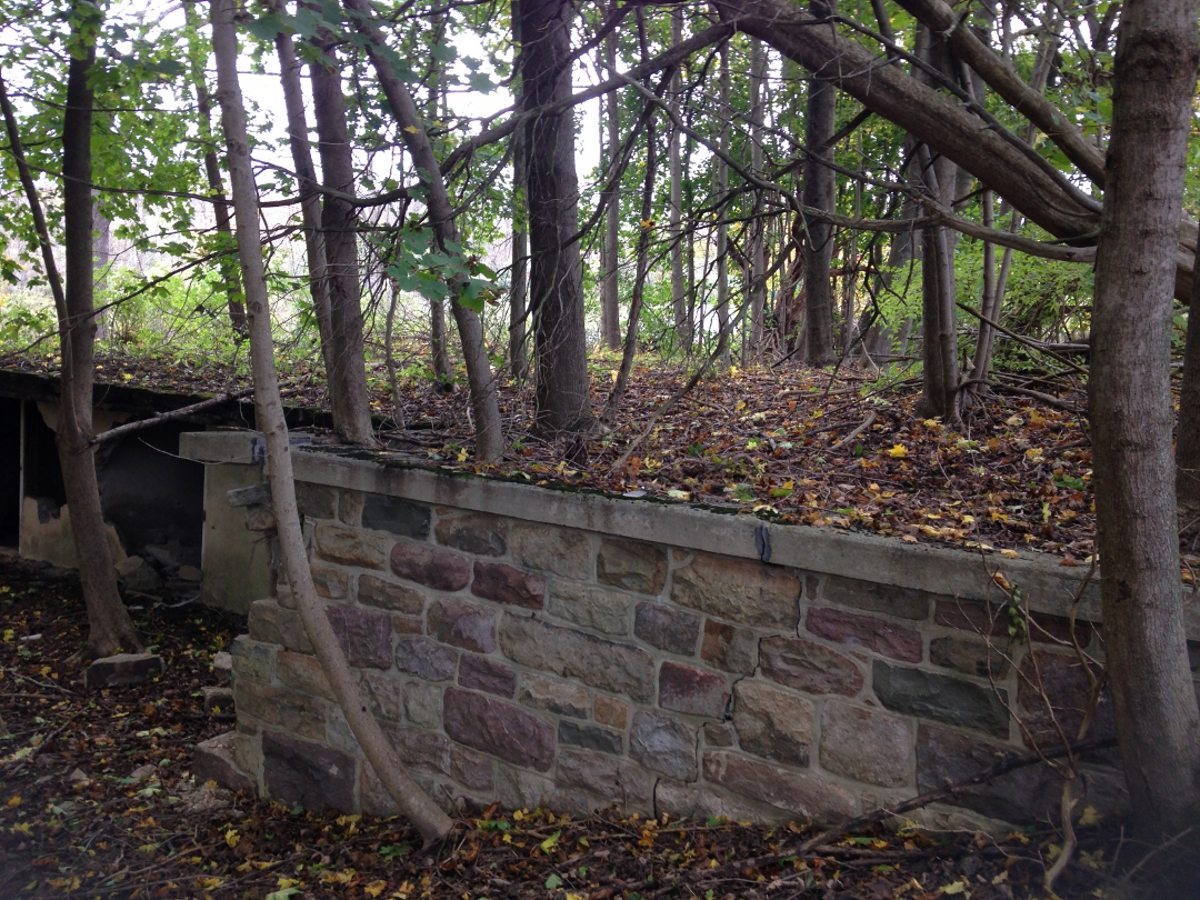

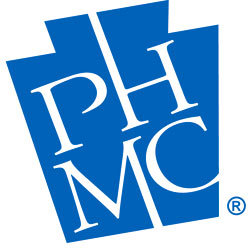
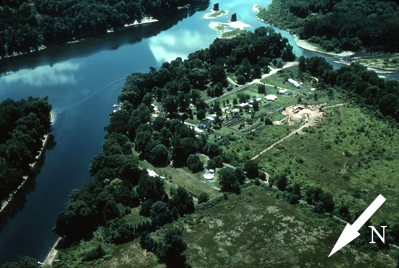


Recent Comments